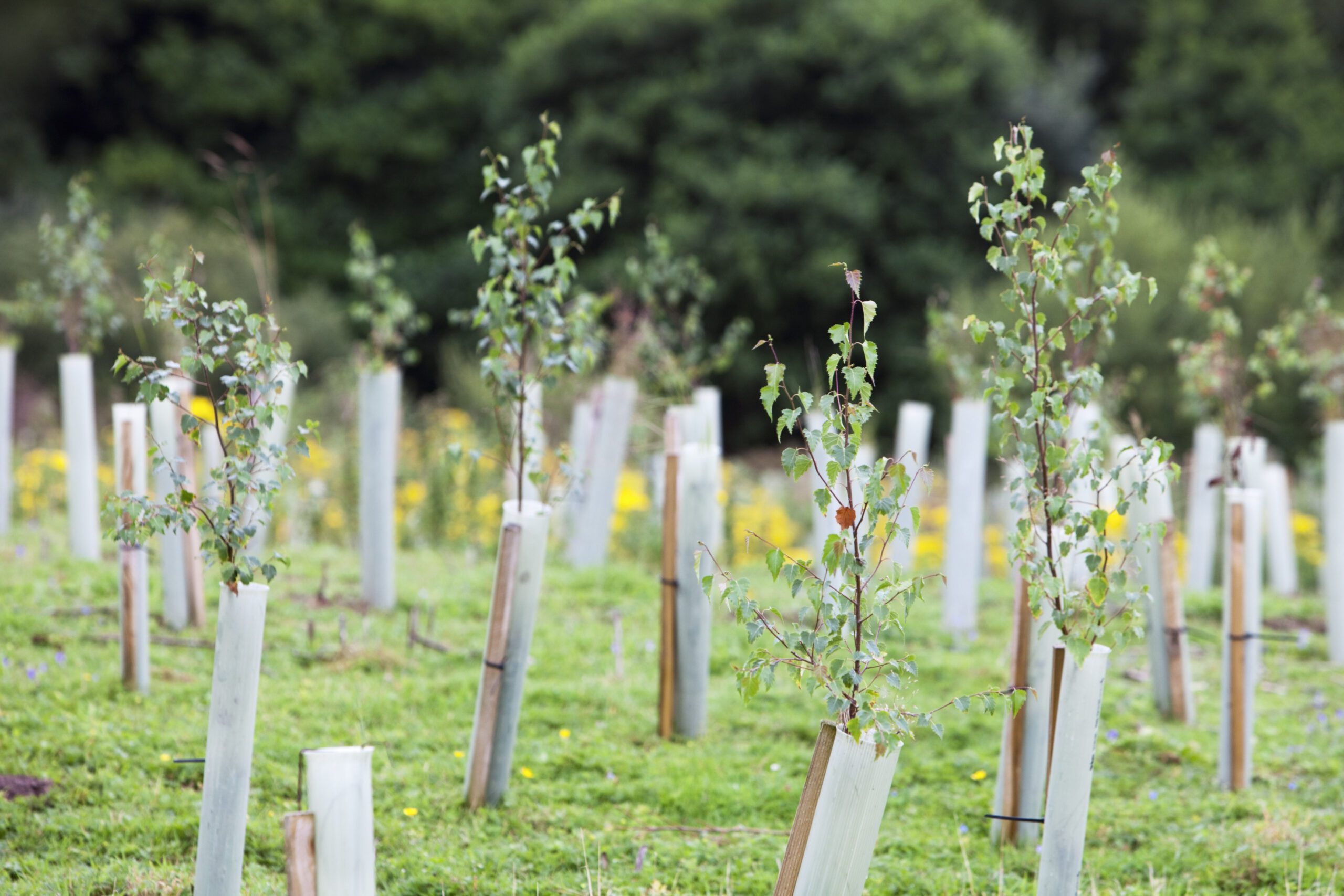What is Carbon Offsetting?
Carbon offsetting is a process that allows individuals and businesses to compensate for their carbon emissions by investing in environmental projects that reduce or capture greenhouse gases. These projects include tree planting initiatives, renewable energy development, and reforestation efforts. By supporting carbon offsetting schemes, we can take meaningful action against climate change.
How Does Carbon Offsetting Work?
1. Measuring Carbon Emissions
The first step is calculating the amount of carbon dioxide produced by activities such as travel, energy use, and manufacturing.
- Key Impact: Helps individuals and businesses understand their carbon footprint.
- Focus: Online calculators can estimate emissions and suggest offset options.
Learn more at Carbon Trust.
2. Investing in Offset Projects
To balance out emissions, companies and individuals invest in projects that reduce carbon dioxide in the atmosphere.
- Examples: Reforestation, renewable energy development, and methane capture programmes.
- Key Benefit: Offsetting supports eco-friendly projects while reducing overall environmental impact.
Types of Carbon Offsetting Projects
3. Tree Planting and Reforestation
Planting trees is one of the most effective ways to absorb carbon dioxide and restore natural habitats.
- Key Impact: Trees capture carbon and promote biodiversity.
- Example: Tree planting projects in Leicester focus on reforestation and urban green spaces.
4. Renewable Energy Projects
Investments in solar, wind, and hydroelectric power reduce reliance on fossil fuels.
- Key Benefit: Clean energy sources help lower emissions globally.
- Focus: Climate action groups in Leicester advocate for sustainable energy initiatives.
Why Carbon Offsetting is Important
5. Combating Climate Change
Carbon offsetting helps mitigate the impact of human activities on global warming.
- Key Benefit: Reduces greenhouse gases while supporting sustainable practices.
- Focus: Supporting eco-friendly projects promotes long-term climate solutions.
6. Supporting Local Communities
Many offset projects provide jobs, improve air quality, and protect ecosystems.
- Key Impact: Renewable energy projects and tree planting improve living conditions.
- Example: Environmental charities in Leicester work to involve communities in sustainable efforts.
How to Get Involved in Carbon Offsetting
- Calculate Your Carbon Footprint: Use online tools to measure emissions.
- Donate to Environmental Charities: Support reforestation and clean energy projects.
- Volunteer Locally: Join tree planting initiatives and eco-friendly projects in Leicester.
Explore more ways to contribute at EcoClicks.
Common Myths About Carbon Offsetting
7. Does It Encourage More Pollution?
Some critics argue that carbon offsetting allows companies to continue polluting, but most programmes encourage emission reductions alongside offsets.
- Key Impact: Provides funding for projects that wouldn’t otherwise be possible.
- Focus: Combining offsetting with emission reductions is the best strategy.
8. Is Carbon Offsetting Expensive?
Offsetting options are available for all budgets, and many charities offer affordable plans.
- Key Benefit: Small contributions can have a big impact on climate change action.
Conclusion
Carbon offsetting is a practical and impactful way to combat climate change. By investing in eco-friendly projects, we can balance emissions, restore ecosystems, and create a sustainable future. Whether through tree planting initiatives, renewable energy support, or reforestation, everyone can make a difference.
Ready to take action? Visit EcoClicks.co.uk to learn more about carbon offsetting and how you can support eco-friendly projects today.

